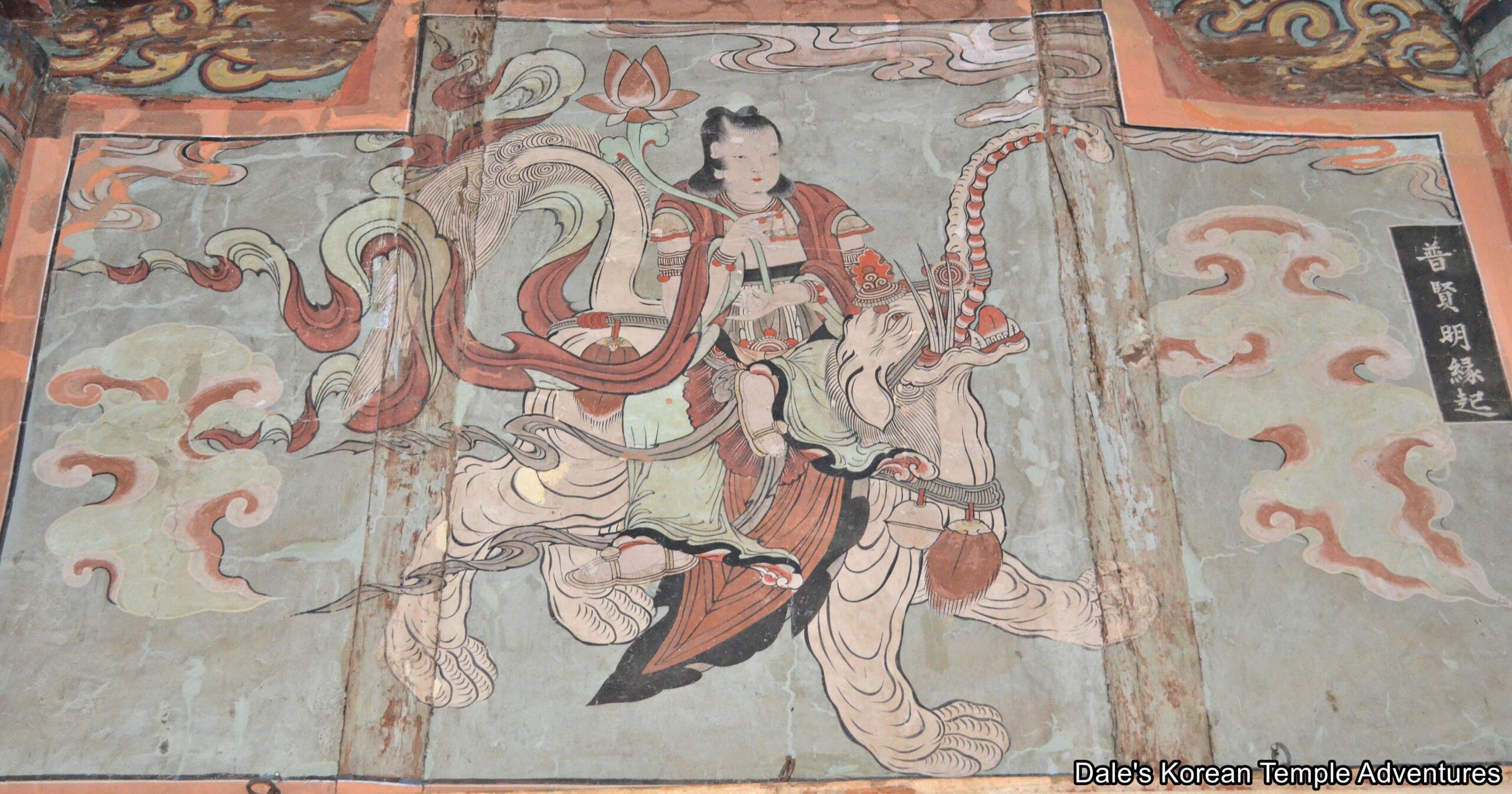
Temple History
Jangyuksa Temple is located to the south of Mt. Unseosan (519.9 m) in northern Yeongdeok, Gyeongsangbuk-do. The temple was first constructed by the monk Naong (1320-1376) during the reign of King Gongmin of Goryeo (r. 1351-74).
Jangyuksa Temple was later destroyed by a brush fire during the reign of King Sejong (r. 1418-1450). It was at this time that a rather interesting temple myth surrounds the rebuild of Jangyuksa Temple. During this rebuild, a carpenter volunteered to help reconstruct the Daeung-jeon Hall. He did this to help pray for his mother’s recovery. When the construction was almost complete, and there were only the last four pillars left to be added to the main hall, the carpenter heard that his mother had died. Devastated, and unable to hide his grief, the carpenter left the construction of the Daeung-jeon Hall before its completion. The loss of his mother, or at least this is what the carpenter told himself, was caused by the lack of sincerity of his prayers. After the departure of the grieving carpenter, a new carpenter was called in to complete the main hall. But because of his lack of expertise, the main hall was completed with the bowing of the four remaining pillars.
This Daeung-jeon Hall, and the rest of the temple grounds, would be completely destroyed, this time, during the Imjin War (1592-98). Not long after, Jangyuksa Temple would be rebuilt, again. And the latest large scale restoration took place in 1900.
Jangyuksa Temple is home to one Korean Treasure, it’s the “Dry-lacquered Seated Avalokitesvara Bodhisattva of Jangnyuksa Temple,” which is Korean Treasure #993. In addition to this one Korean Treasure, the temple is home to four provincial treasures, as well.
Temple Layout
You first approach the temple grounds up a twisting country road, until you eventually arrive at the temple parking lot. From the temple parking lot, you’ll get great views to your right of the sprawling temple grounds with a meandering stream to your left.
Mounting the stone set of stairs, you’ll find the Jong-ru Pavilion halfway up your climb. Housed inside this bell pavilion is a beautiful bronze bell. After viewing the Jong-ru Pavilion, you’ll pass under the temple’s Boje-ru Pavilion. Just make sure to watch your head when passing under the pavilion because the ceiling is quite low.
Appearing on the other side of the Boje-ru Pavilion, you’ll finally be standing in the centre of the main temple courtyard. Straight ahead of you is the Daeung-jeon Hall. The Daeung-jeon Hall is Gyeongsangbuk-do Tangible Cultural Property #138.
The exterior walls are adorned in simple dancheong colours. Stepping inside the Daeung-jeon Hall, which was renovated in 1900, you’ll find a triad of statues resting on the main altar. In the centre sits Seokgamoni-bul (The Historical Buddha), who is joined on either side by Munsu-bosal (The Bodhisattva of Wisdom) and Bohyeon-bosal (The Bodhisattva of Power). This triad is backed by a stunning “The Sermon on Vulture Peak Painting,” or “Yeongsan Hoesang-do – 영산 회상도” in Korean. It’s believed that the painting dates back to the mid-18th century, and it’s Gyeongsangbuk-do Tangible Cultural Property #373.
To the right of the main altar is an elaborate Shinjung Taenghwa (Guardian Mural), as well as an older mural dedicated to Chilseong (The Seven Stars) located between the main altar and the Shinjung Taenghwa. And to the left of the main altar, you’ll find a mural dedicated to Jijang-bosal (The Bodhisattva of the Afterlife). This painting is also a Gyeongsangbuk-do Tangible Cultural Property #374. But if you look around the interior of the Daeung-jeon Hall including the walls, the ceiling, and beams, you’ll find a wonderful variety of mid-18th century murals that include murals dedicated to Munsu-bosal, Bohyeon-bosal, Bicheon (Flying Heavenly Deities), the Nahan (The Historical Disciples of the Buddha). In total, there are 18 of these paintings, and they are a Gyeongsangbuk-do Tangible Cultural Property #563.
Back outside the Daeung-jeon Hall, you’ll find a beautiful, modern three-story pagoda to the right of the main hall. The base of the structure is adorned with images of the Eight Legions, while the first body stones are adorned with various Buddhas including Yaksayeorae-bul (The Buddha of Medicine) and Birojana-bul (The Buddha of Cosmic Energy).
To the left of the Daeung-jeon Hall, on the other hand, is the temple’s Gwaneum-jeon Hall. Like the Daeung-jeon Hall, the Gwaneum-jeon Hall is adorned with simple dancheong colours. As for the interior, and resting on the main altar, is a solitary image dedicated to Gwanseeum-bosal (The Bodhisattva of Compassion). This is the “Dry-lacquered Seated Avalokitesvara Bodhisattva of Jangnyuksa Temple,” which is Korean Treasure #993. This statue stands 86 cm in height, and it was made in 1395 through the donations of the officials and people of Yonghae-bu District. It was re-gilt in 1407. The face of the Bodhisattva looks determined, and its overall stance is slightly bent. Compared to other Buddha and Bodhisattva statues of the early 14th century, this statue emphasizes the decorations adorning its body like the necklace and crown than other features on the statue. Backing this statue is a modern multi-armed and headed image of the Bodhisattva of Compassion. And filling out the rest of the interior of the shrine hall are tiny statues of Gwanseeum-bosal.
And to the left of the Gwaneum-jeon Hall is the Dokseong/Sanshin-gak Hall. Like the previously mentioned shrine hall, this shaman shrine hall’s exterior walls are adorned in simple dancheong colours. Stepping inside the Dokseong/Sanshin-gak Hall, you’ll find a pair of paintings. The painting to the right is dedicated to a rather surprised-looking image of Dokseong (The Lonely Saint), while the mural to the left is dedicated to Sanshin (The Mountain Spirit). The Mountain Spirit is joined by a wild-eyed image of a tiger.
How To Get There
Without the use of your own vehicle, Jangyuksa Temple is virtually impossible to get to. With nearly a two and a half hour ride on public transportation and multiple bus changes along the way, a vehicle of your own is almost a must. However, if you don’t have your own mode of transportation, the next best thing might be a taxi from the Yeongdeok Terminal. If you take a taxi to get to Jangyuksa Temple, it’ll take about 33 minutes, over 32 km, and it’ll cost you 41,000 won (one way).
Overall Rating: 7/10
The rather obvious highlight to Jangyuksa Temple is the Daeung-jeon Hall. In total, it houses some four provincial treasures; some of which, I wouldn’t be surprised become Treasures in the not too distant future. Of particular note are the eighteen mid-18th century paintings that adorn every surface inside the main hall, as well as the pair of provincial paintings dedicated to Jijang-bosal and the “The Sermon on Vulture Peak Painting” backing the main altar triad. In addition to the Daeung-jeon Hall, you should also look for the stunning “Dry-lacquered Seated Avalokitesvara Bodhisattva of Jangnyuksa Temple,” which also just so happens to be a Korean Treasure, as well as the mural dedicated to the Mountain Spirit inside the shaman shrine hall. Overall, Jangyuksa Temple is little known, as a result there aren’t too many crowds, which makes for a rather tranquil experience.
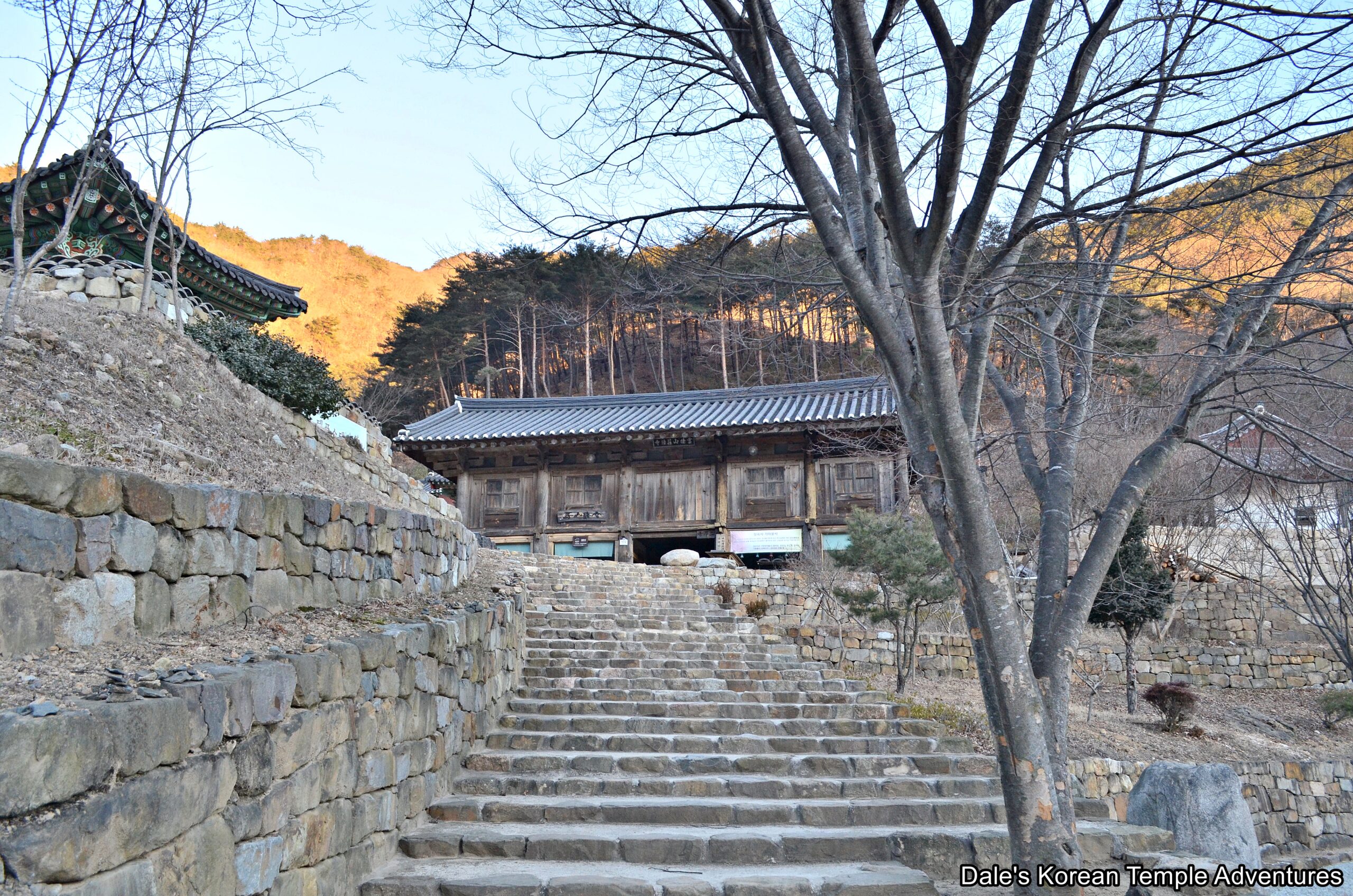
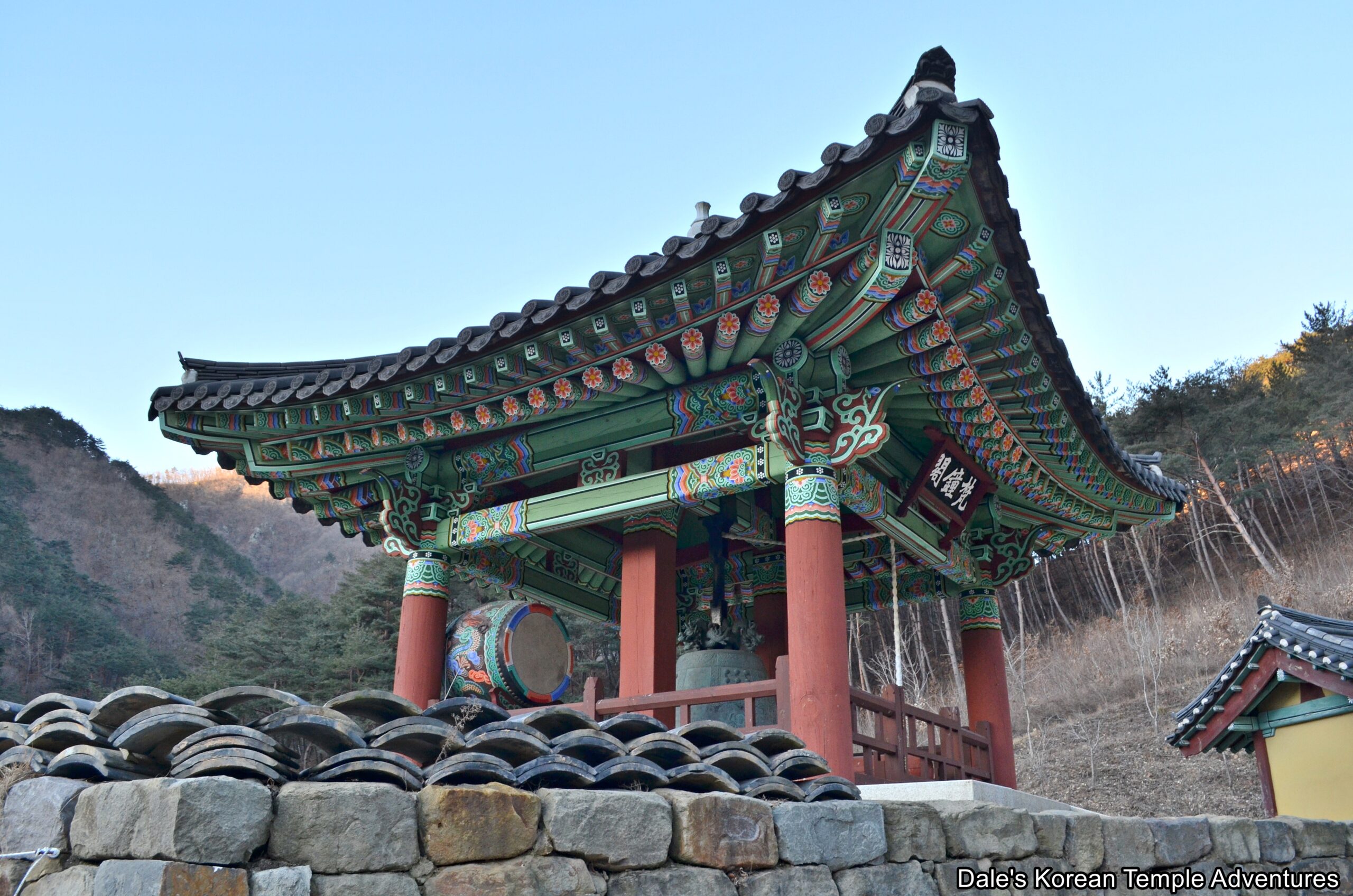
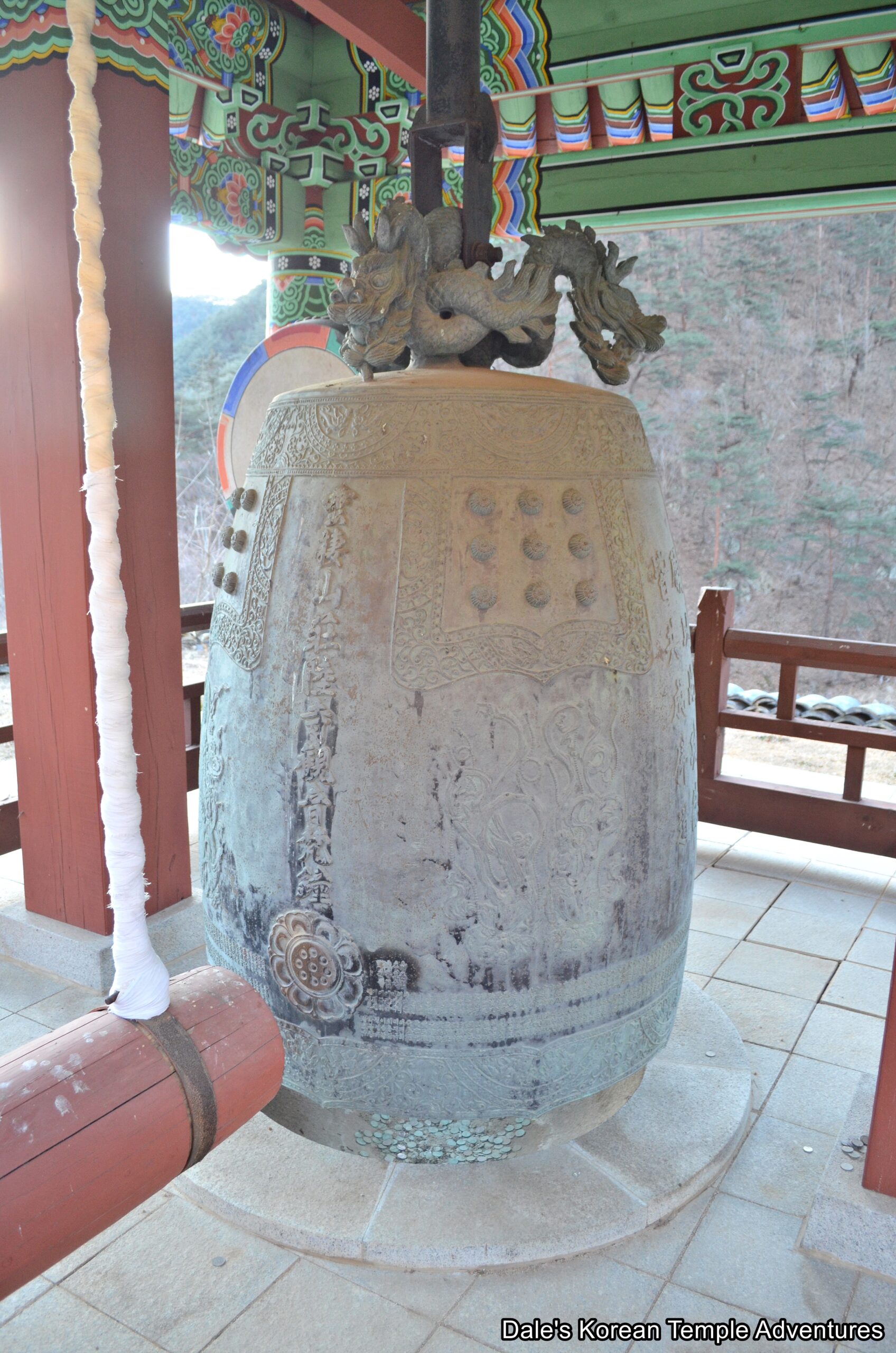
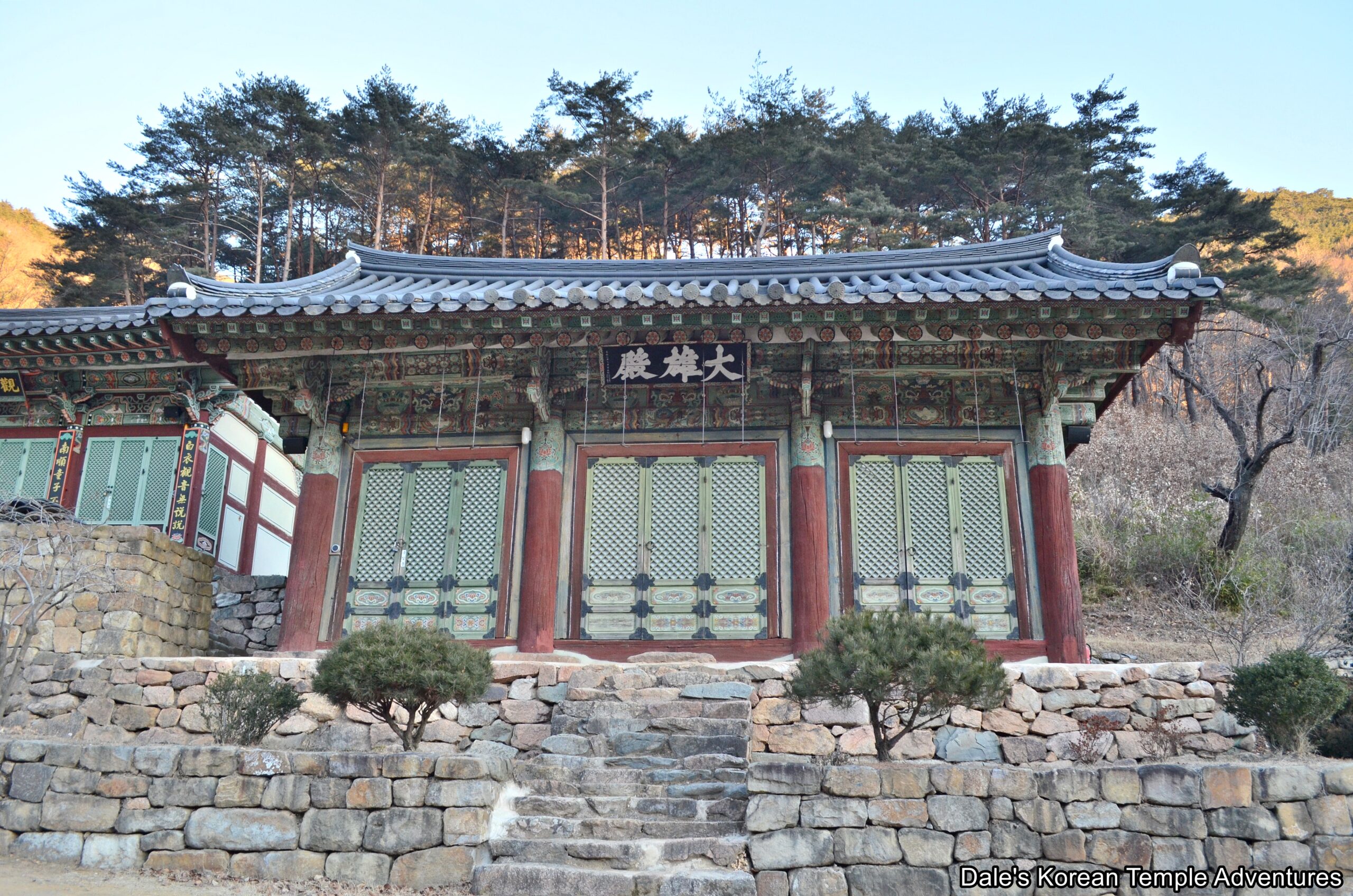
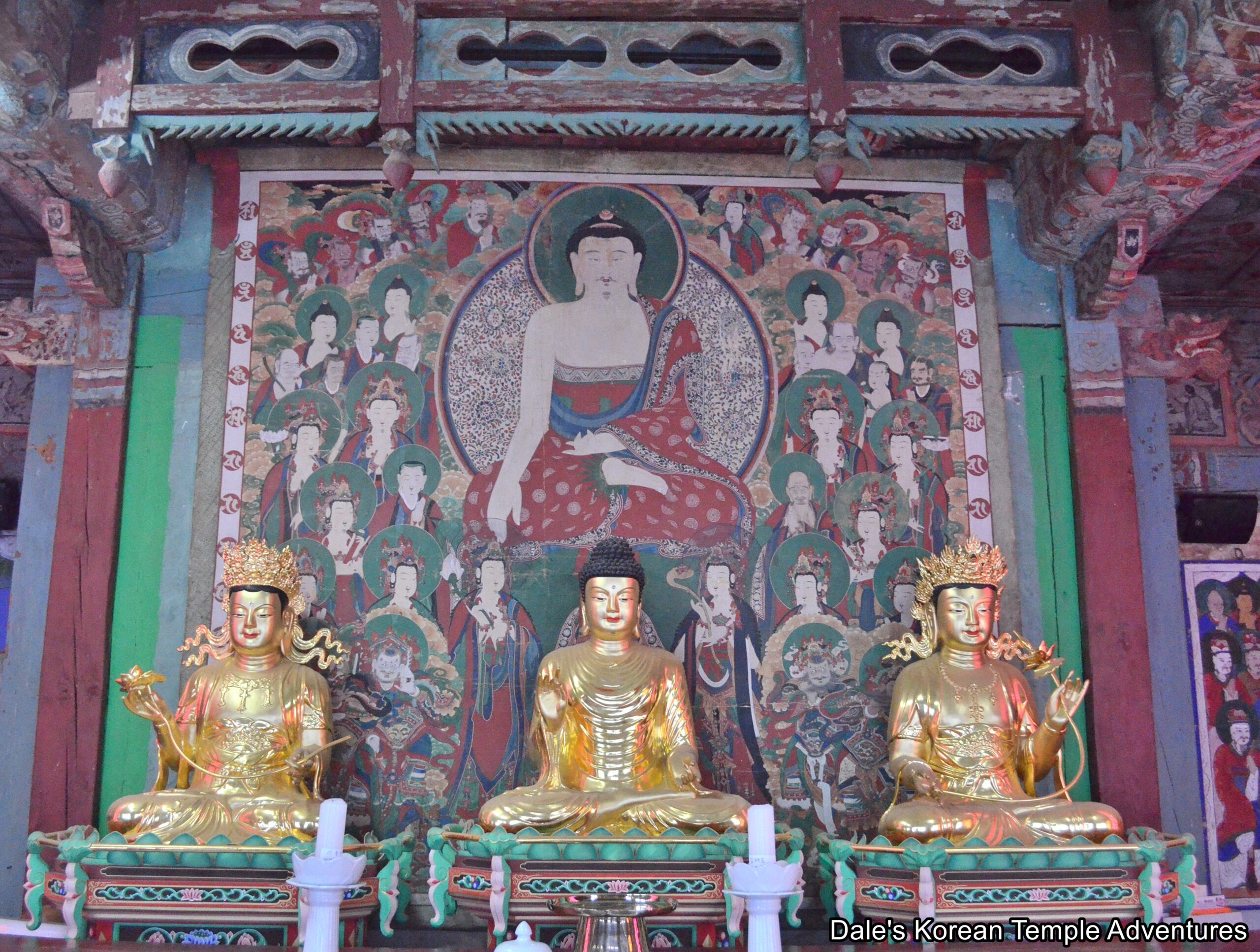
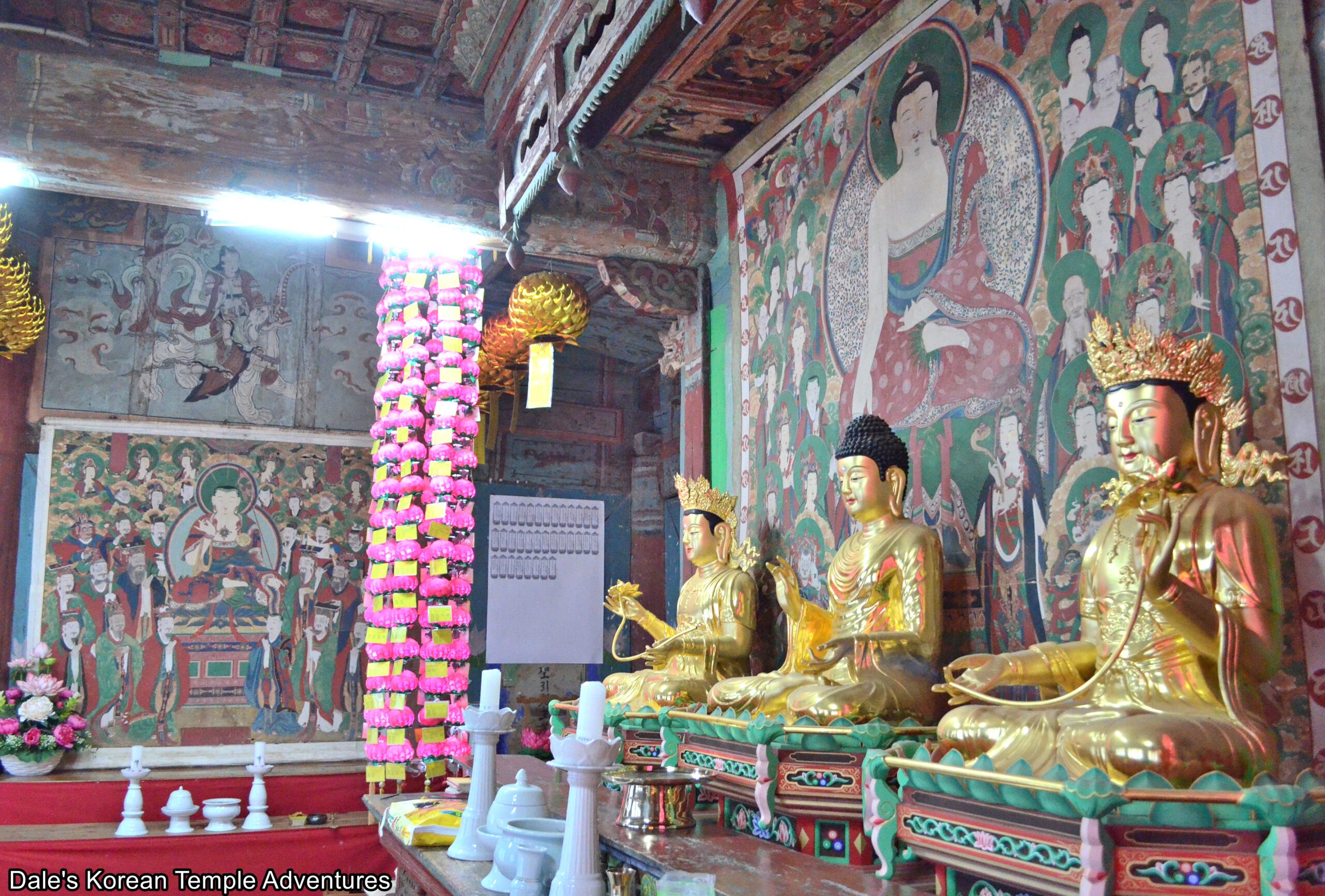
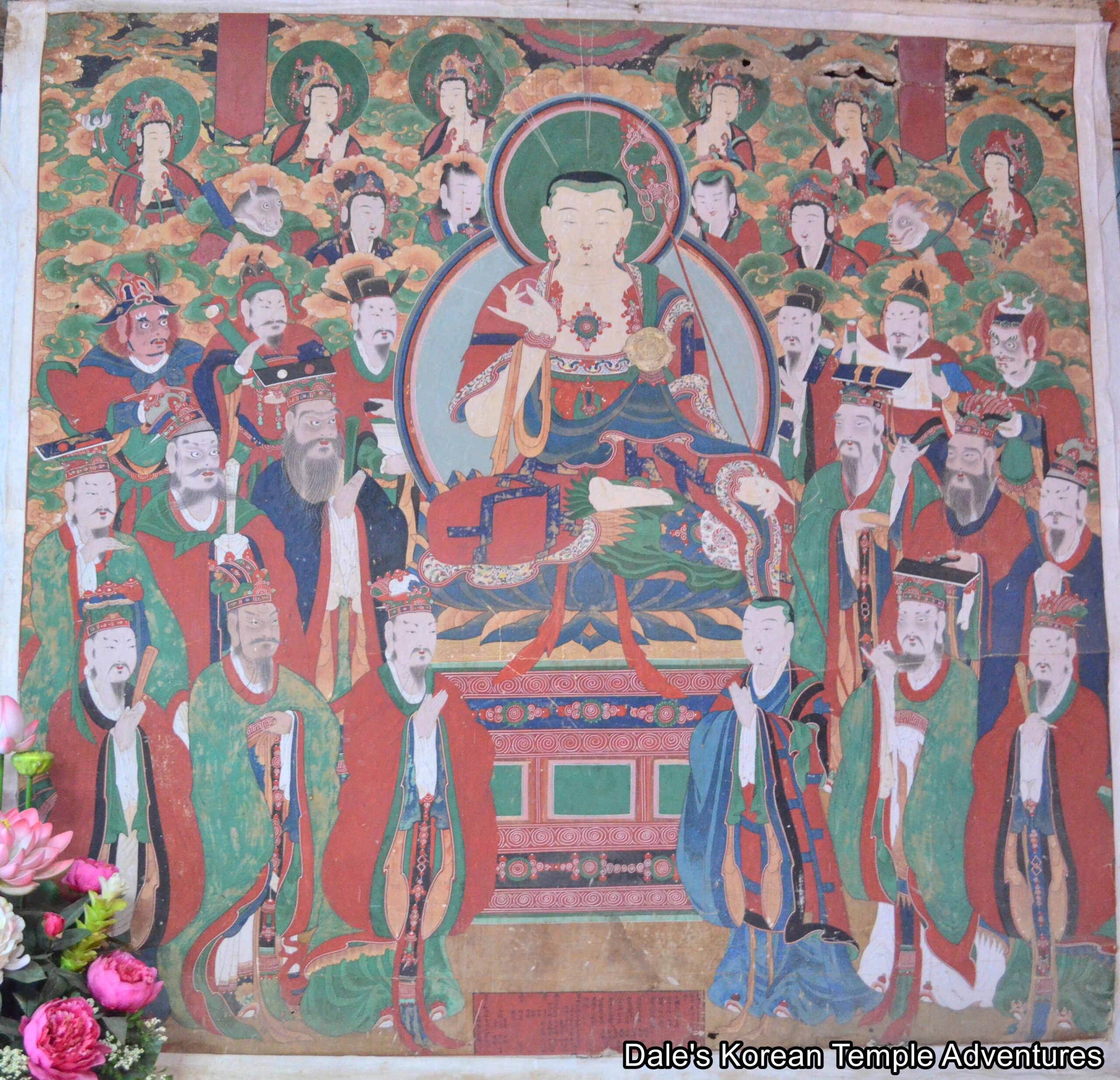
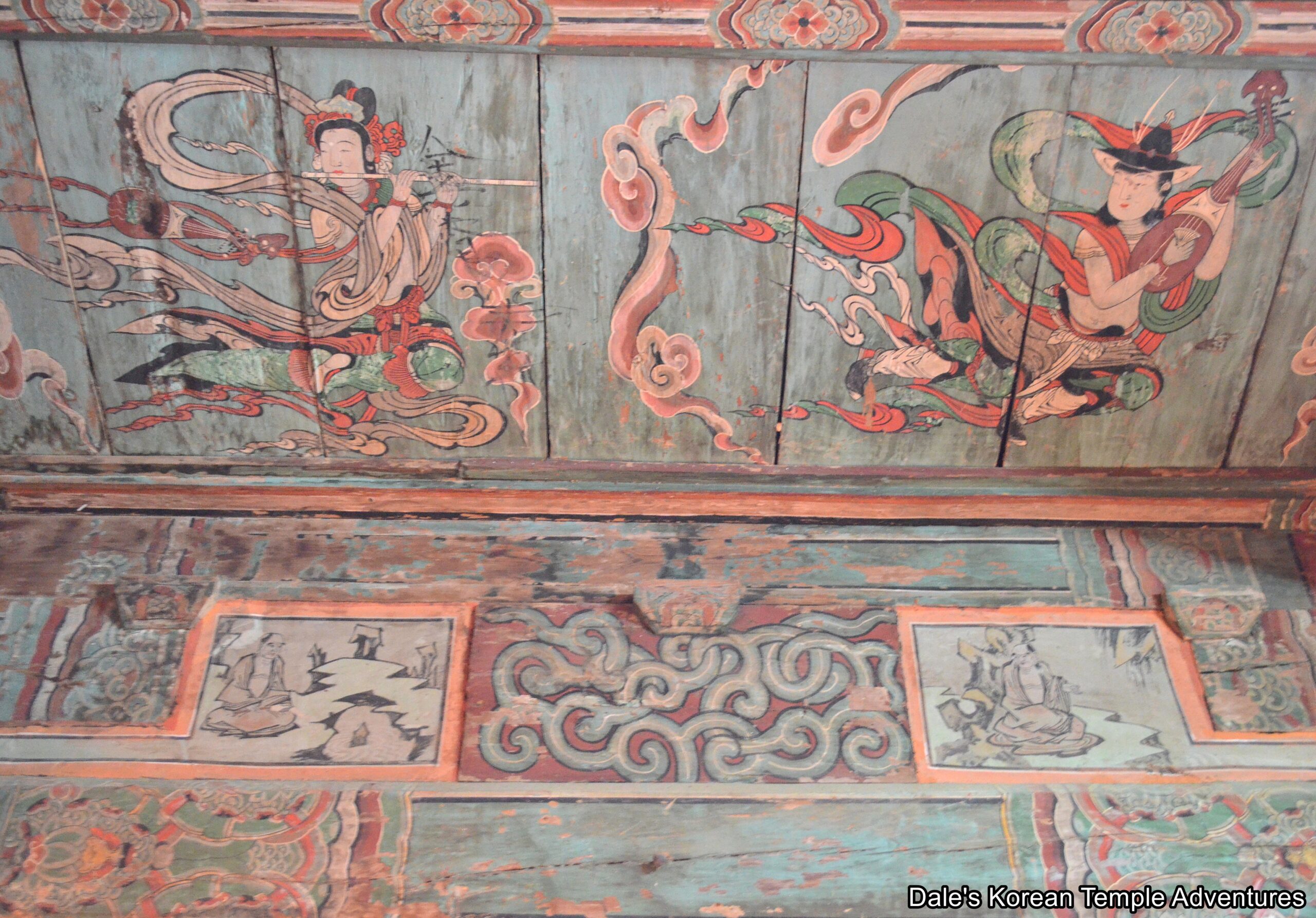
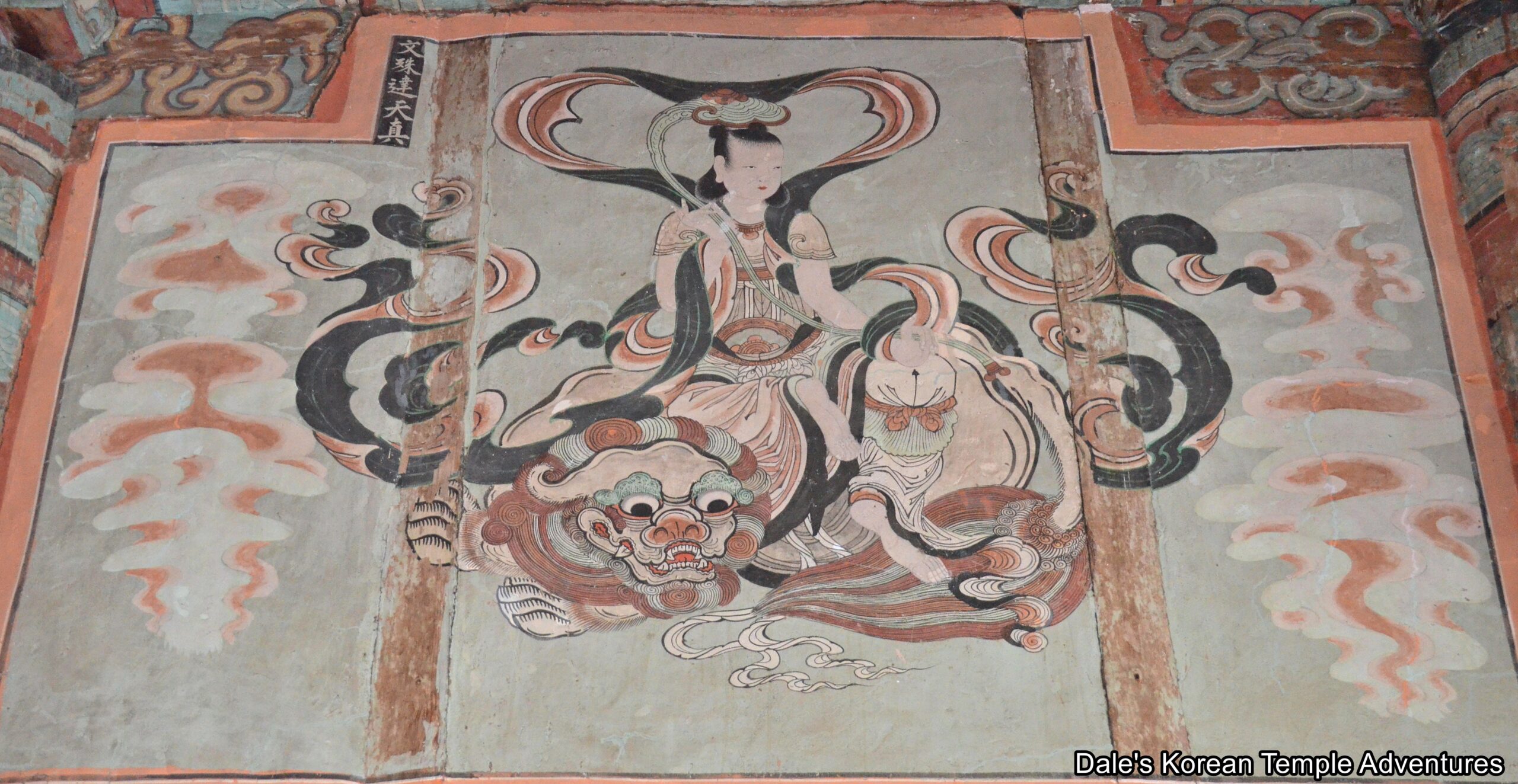
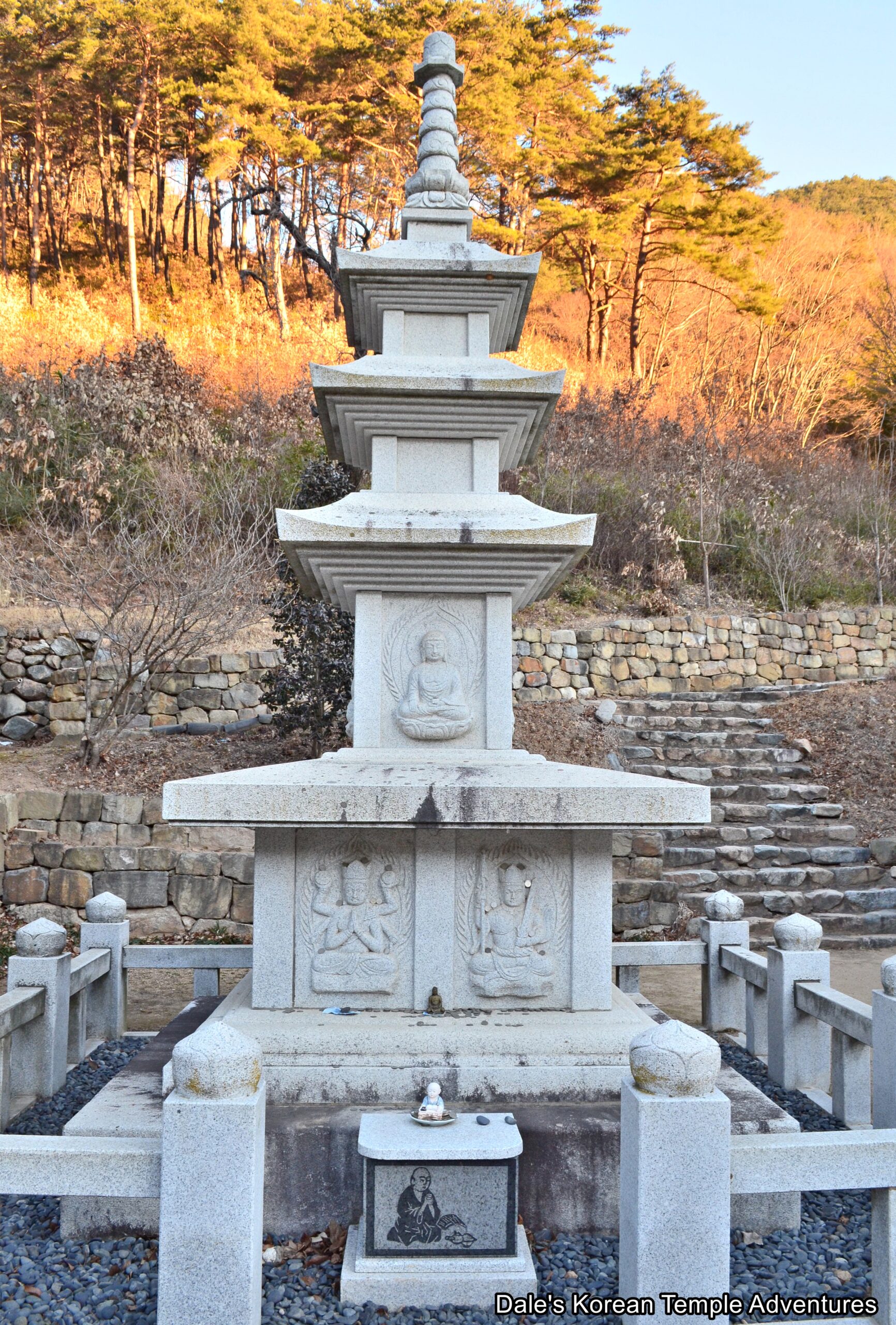
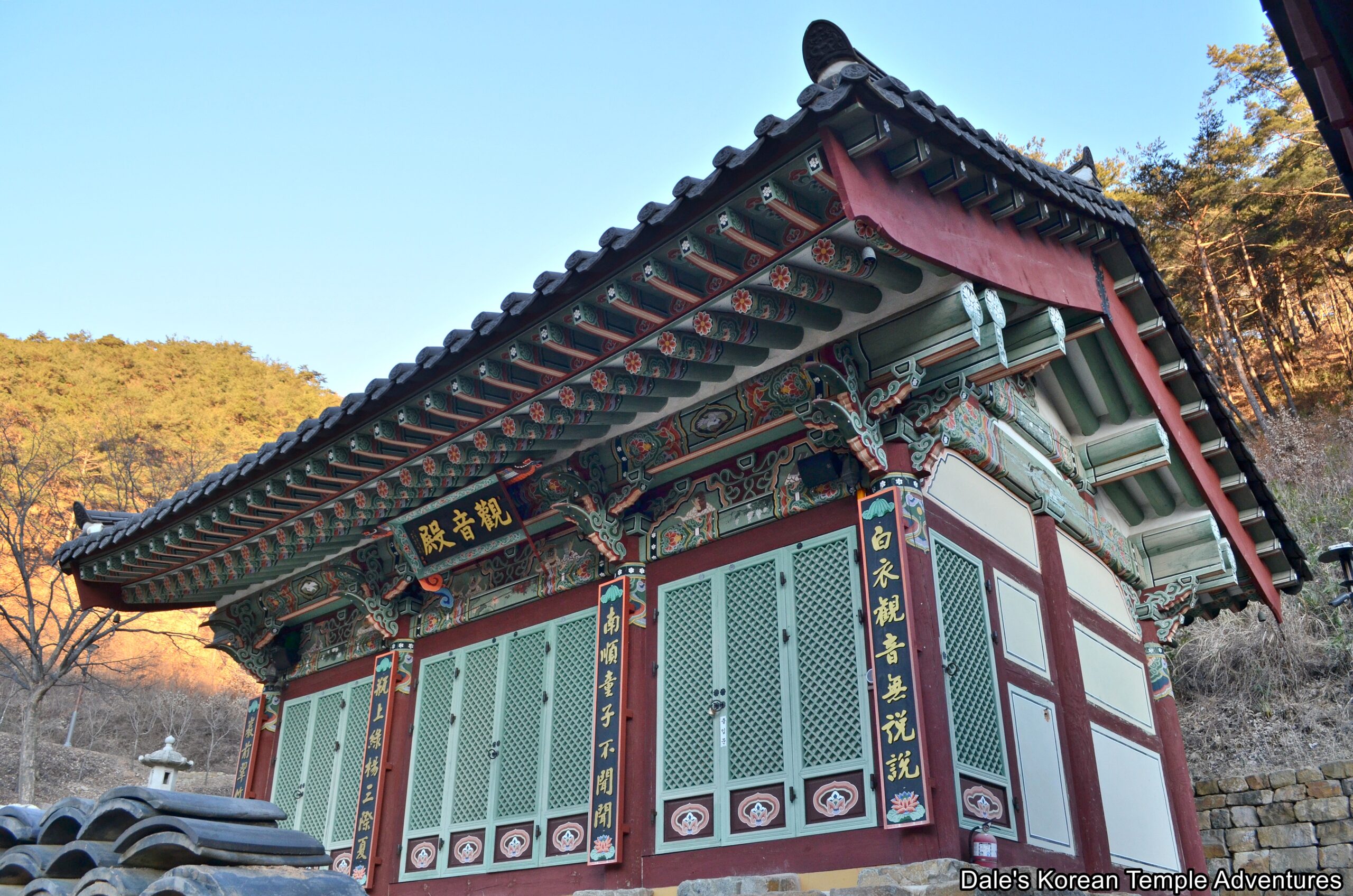
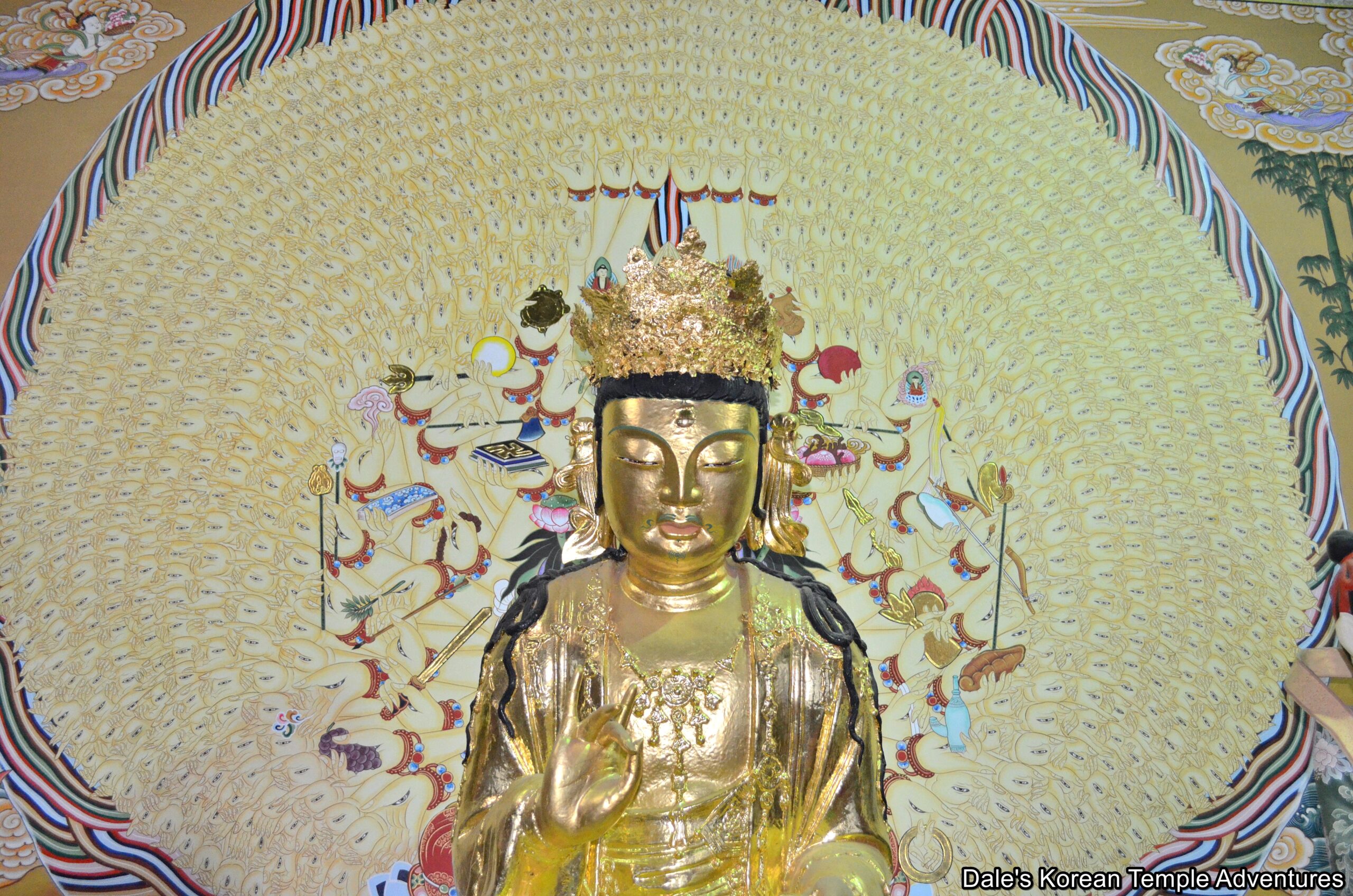
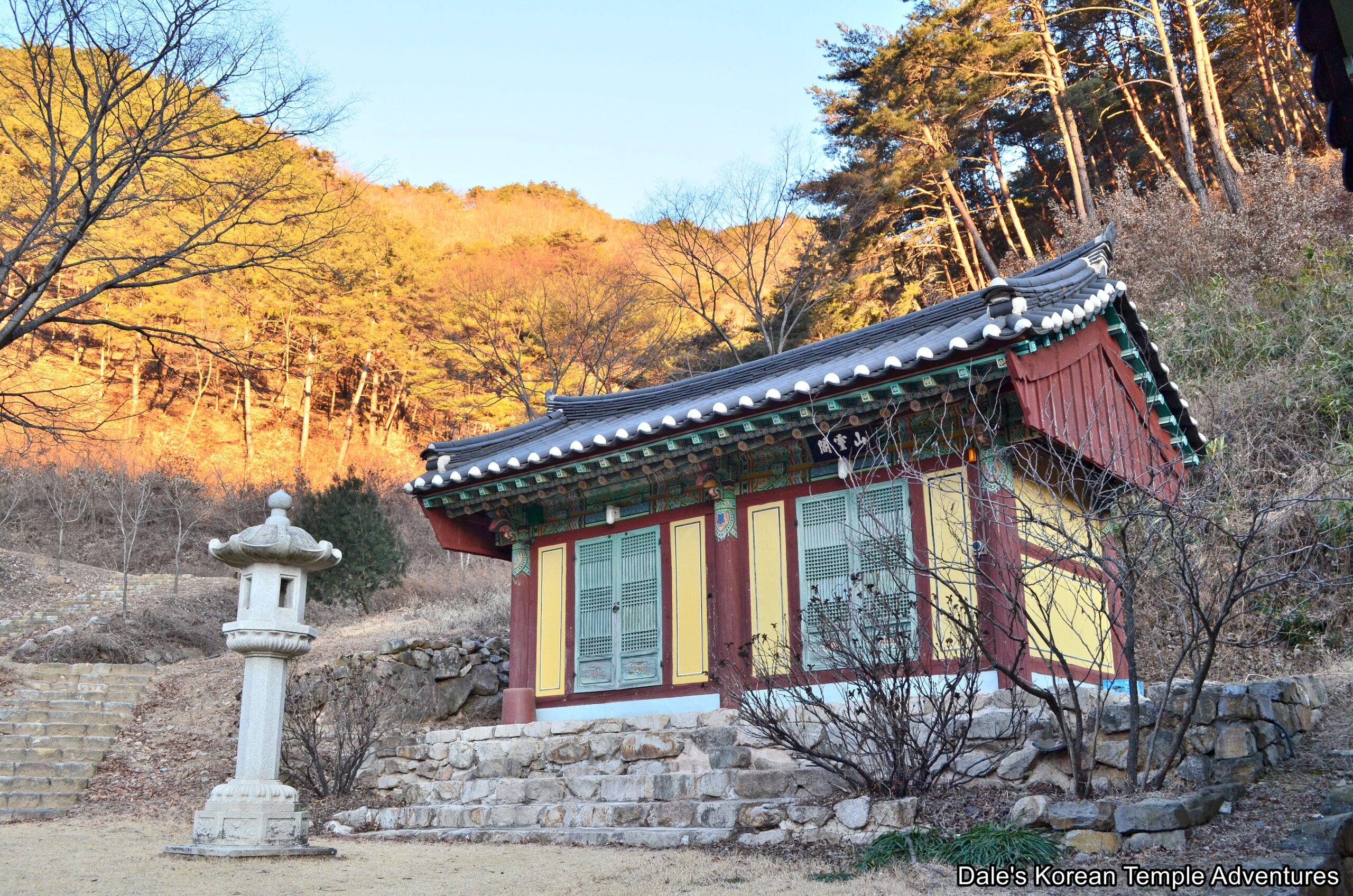
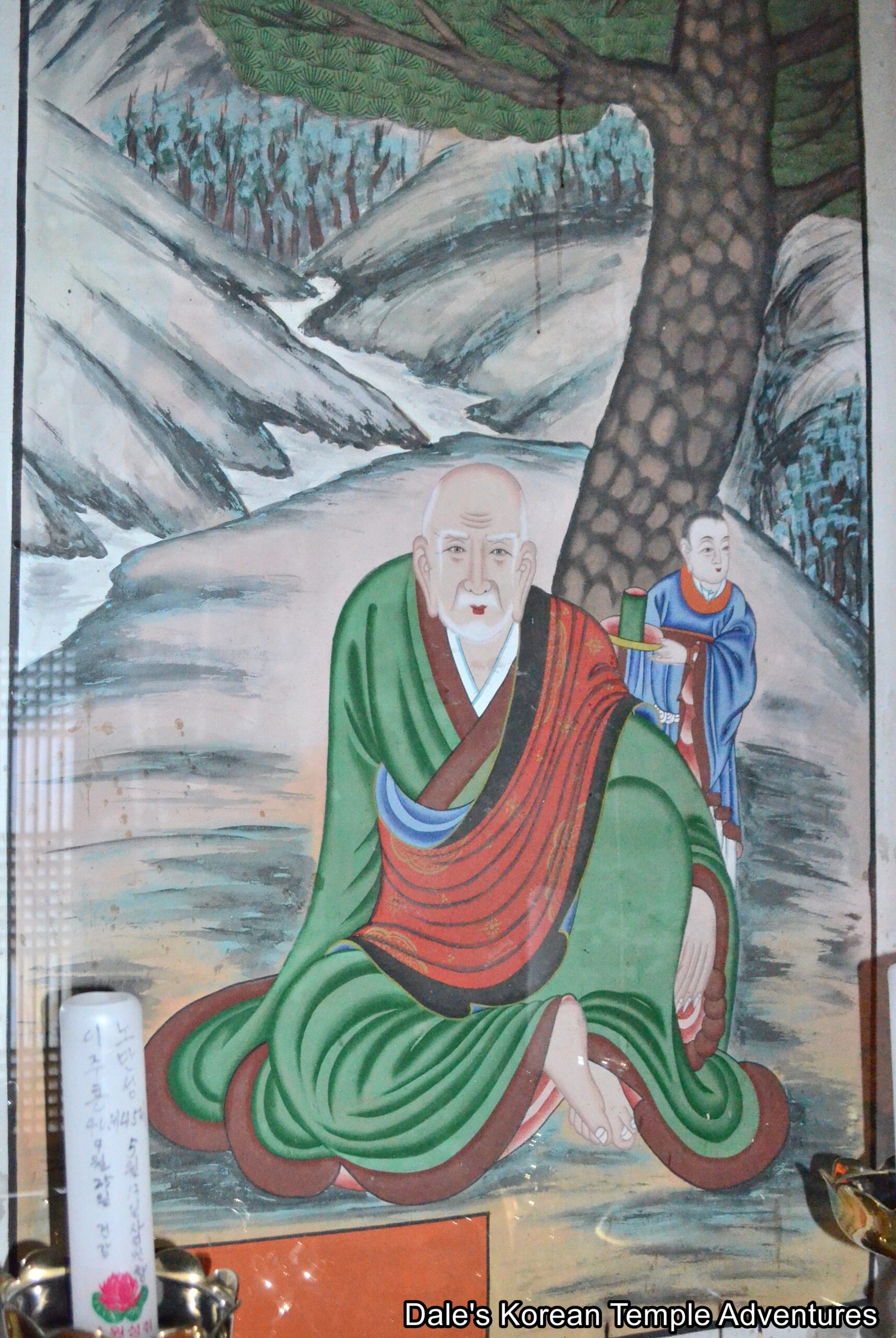
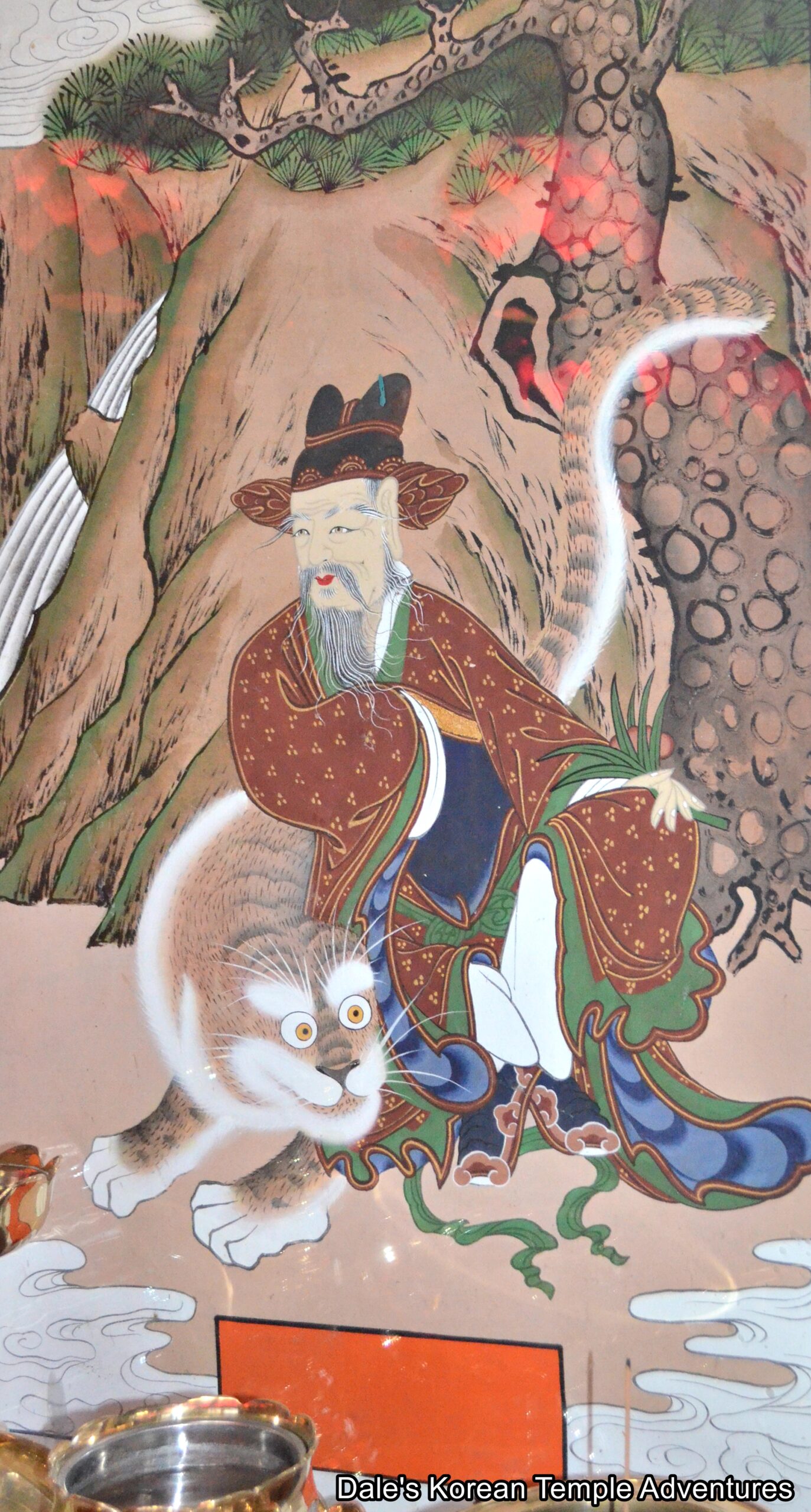


Recent comments